Beyond Terror and Martyrdom: The Future of the Middle East
Harvard University Press (lnbooks), $49.95 hb, 328 pp, 9780674031388
Full circle for martyrdom
This is an exhilarating coverage of everything to do with the politics of the Middle East. Gilles Kepel takes the reader on a journey over the trouble spots and offers a bird’s eye view of the complexities of Islamic radicalism in the region. The book starts slowly but soon settles into a quick pace, taking the reader from place to place and event to event with case and mastery. Kepel does not shy away from displaying his intricate knowledge of Islam and the Middle East, a habit that might not agree with every reader; but it does help the novice to navigate the many issues that interweave into a grand narrative regarding the evolving nature of jihad.
Acts of suicide terrorism perpetrated by Al Qaeda and its affiliates were carried out by Sunni Muslims. What is often forgotten is that martyrdom has been a staple of Shi’a doctrine since the community’s foundation. In 680 CE, near Karbala (in today’s Iraq), Yazid, the Sunni caliph who ruled from Damascus, murdered Imam Husayn, the son of Imam Ali (the fourth caliph for Sunnis and the first Imam for the Shi’a), along with his companions. Every year, in rallies and self-flagellatory processions, the Shi’a community commemorates the legendary martyrdom of Husayn. The Shi’a maintain a vivid memory of Husayn’s sacrifice.
Following the formation of the Shi’a Islamic Republic in Iran, the Shi’a ulema encouraged the elevation of martyrdom from symbolism to a military strategy. The organised suicide of tens of thousands of young boys at the Iran–Iraq front allowed the Iranian régime to stem Saddam’s advance and to match Iraq’s motorised superiority. Kepel argues that this organised and hierarchical approach to suicide missions, glorified as martyrdom, was adopted by Hezballah in the war against Israel. The military discipline of Shi’a candidates for martyrdom made them highly effective weapons of war. But as Kepel points out, the adoption of the notion of martyrdom by Sunni groups led to a diffusion of hierarchy. While the Shi’a martyrdom operations were carefully organised by the Iranian Revolutionary Guards, or by Hezballah to target enemy combatants, ‘Sunni suicide bombers targeted military personnel and civilians indiscriminately.’
Continue reading for only $10 per month. Subscribe and gain full access to Australian Book Review. Already a subscriber? Sign in. If you need assistance, feel free to contact us.

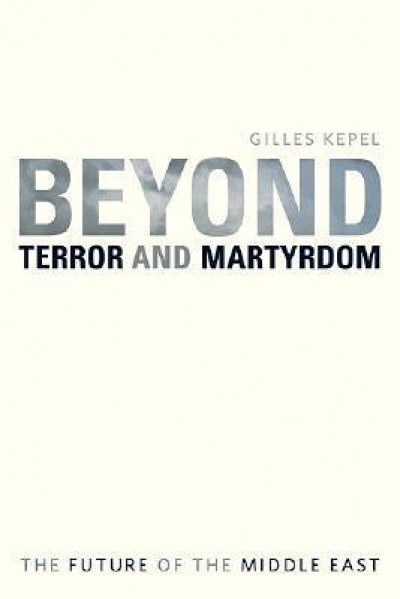

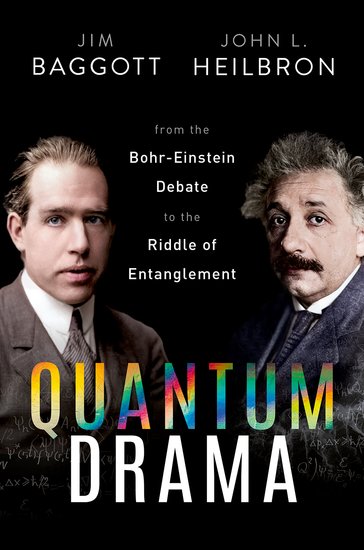
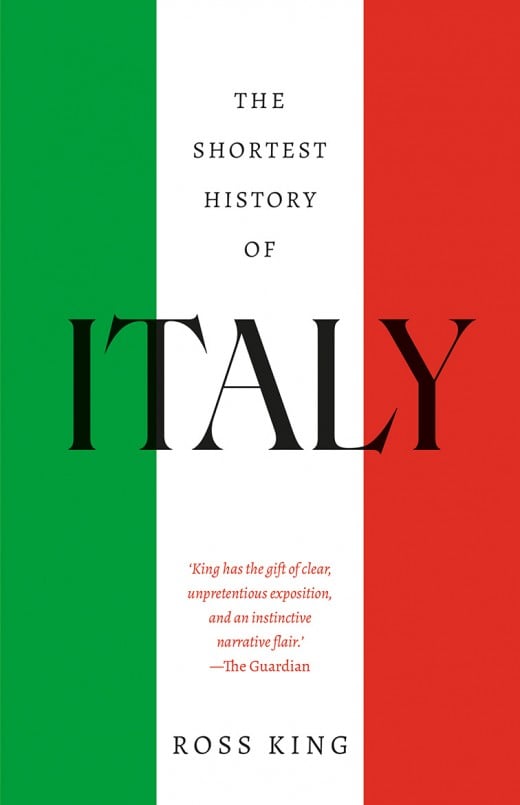


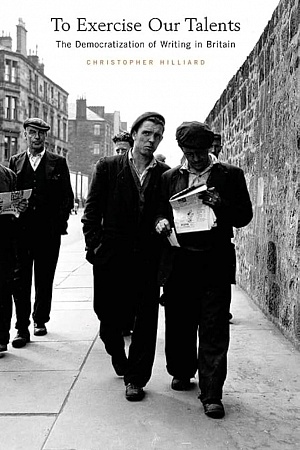
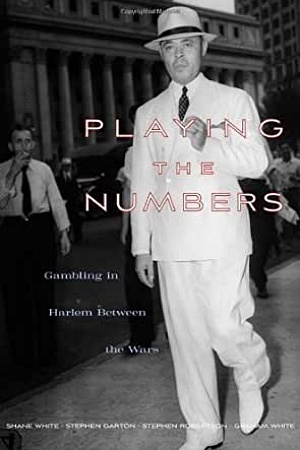

Leave a comment
If you are an ABR subscriber, you will need to sign in to post a comment.
If you have forgotten your sign in details, or if you receive an error message when trying to submit your comment, please email your comment (and the name of the article to which it relates) to ABR Comments. We will review your comment and, subject to approval, we will post it under your name.
Please note that all comments must be approved by ABR and comply with our Terms & Conditions.